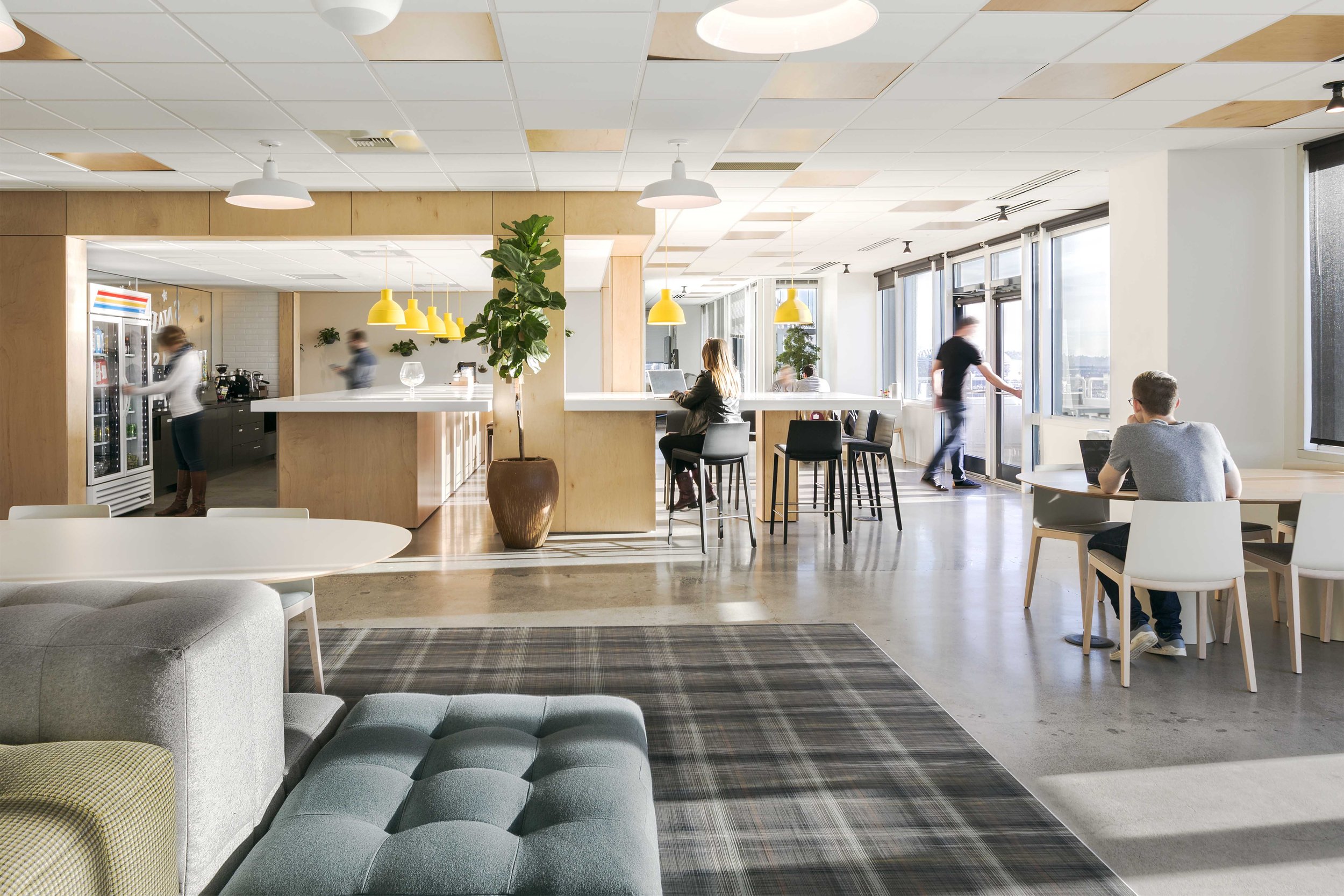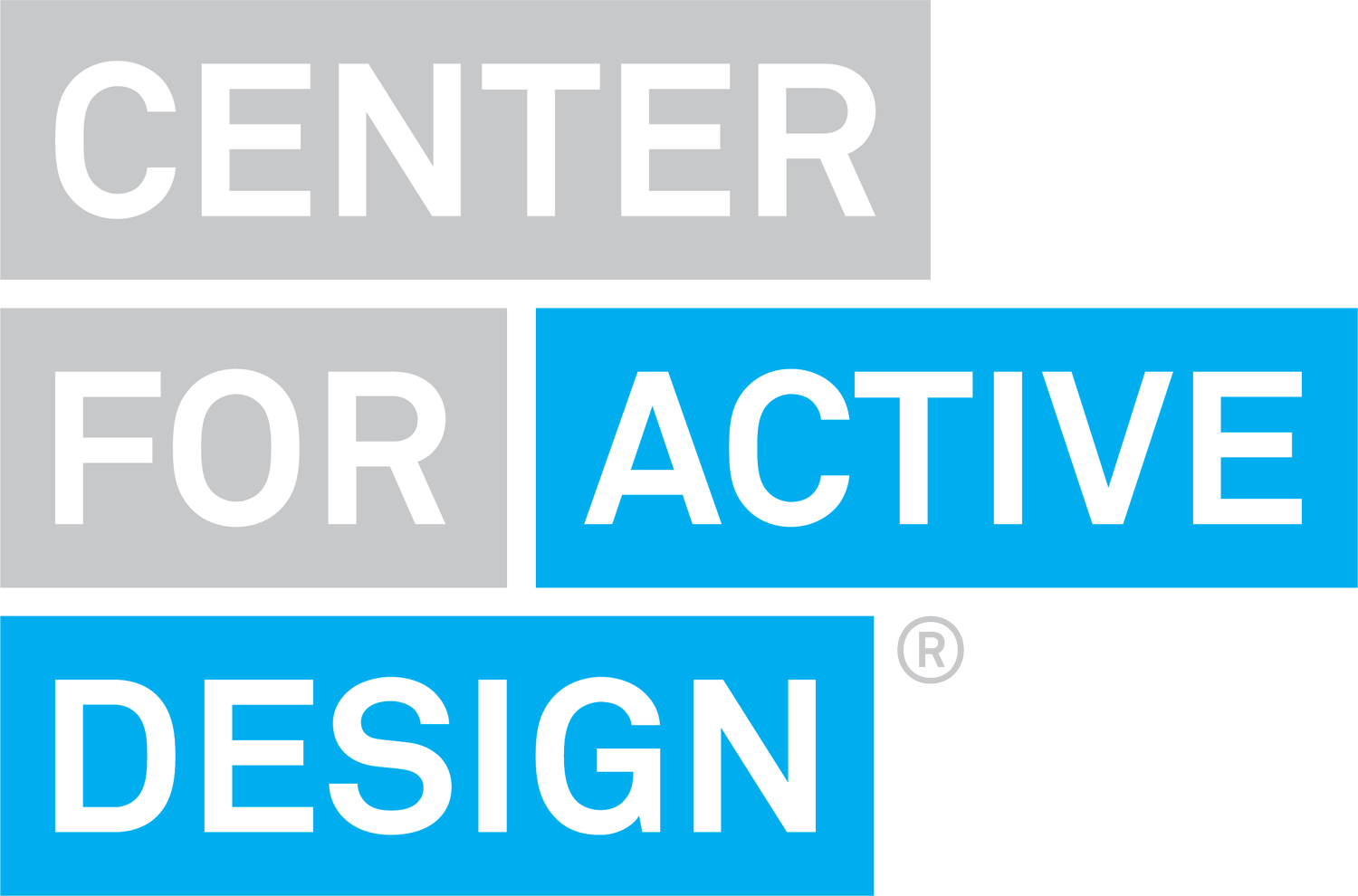
FAQs
Photo Credit: CBRE Market Place Tower Property ManagementFrequently Asked Questions
-
The Center for Active Design (CfAD) is a 501(c)(3) nonprofit organization committed to fostering healthy, vibrant communities through the power of design and operational strategies. Since its founding in 2012, CfAD has been at the forefront of translating cutting-edge public health research into practical, evidence-based solutions. We empower built environment professionals to create spaces that promote physical, mental, and social well-being, transforming buildings and neighborhoods into thriving, health-supporting environments for all. CfAD serves as the Certification and Research Partner for the Fitwel Standard.
-
The best way to reach us is to send us an email at info@centerforactivedesign.org. If you are seeking information specific to Fitwel, please reach out to info@fitwel.org.
-
You can find out more about what we are up to by visiting the News section of this site and by following us on LinkedIn.
-
We are always looking for additional subject matter experts with knowledge in any of the following areas:
Intersection between public health and the built environment.
Connection between health-promoting spaces and economic outcomes.
Technical expertise in both the design and operations of buildings and sites.
If you possess any of the above expertise, please don’t hesitate to reach out to us at info@centerforactivedesign.org
-
The built environment refers to the human-made or modified surroundings where we live, work, study, and socialize. It includes everything from homes and office buildings to the infrastructure that supports our daily lives, such as water and electricity systems, roads, bridges, and transportation networks.
If we didn’t answer your question, feel free to
